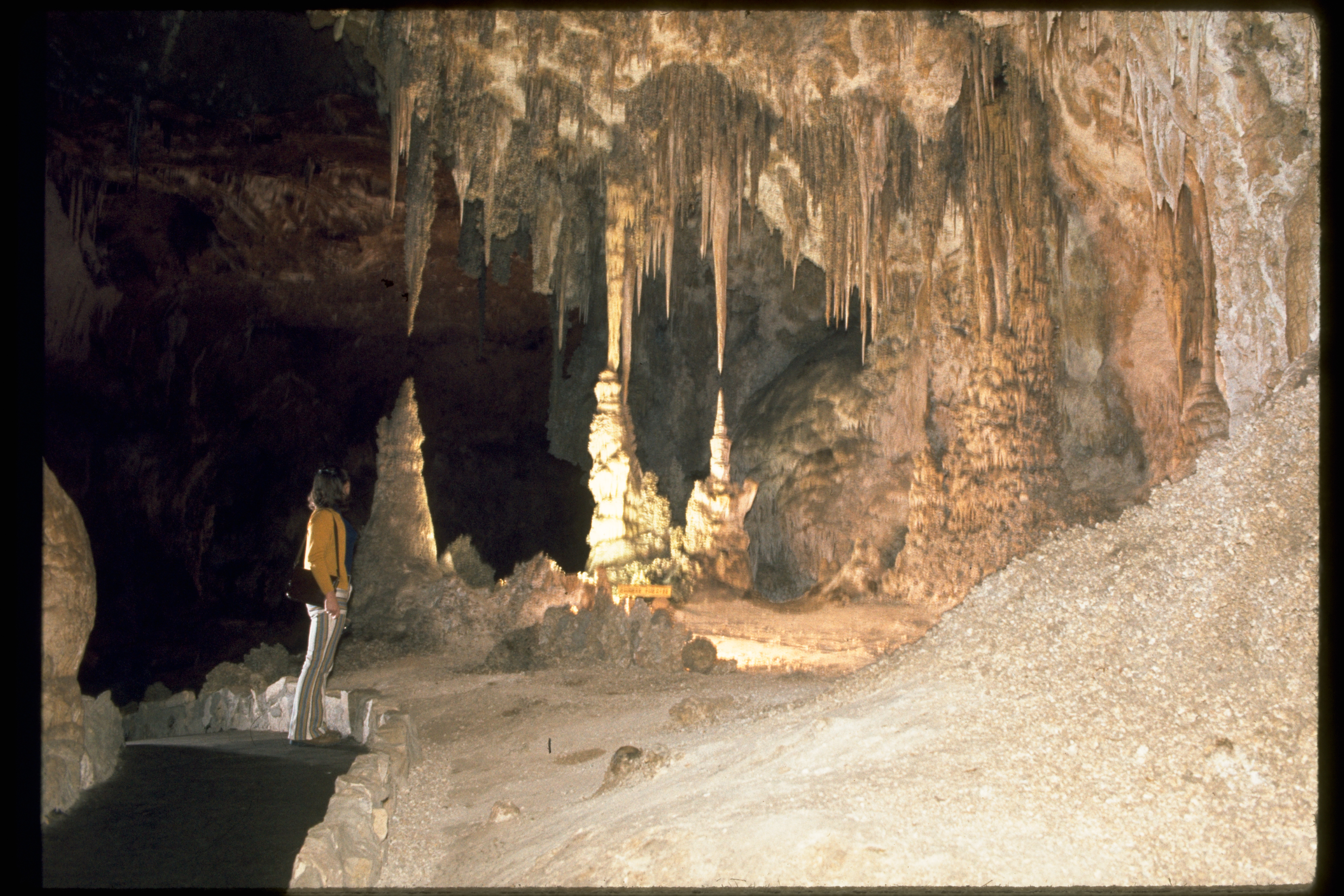An Insiders Exploration: Mount Rainier National Park
Planning a visit? Check out the Mount Rainier National Park page for visitor info, directions, and what to do when you get there.

Introduction
The impossibly beautiful landscapes of Mount Rainier National Park in Seattle, Washington invite a dose of awe-inspiring tranquility that leaves visitors with picturesque memories. With emerald-green meadows dancing beneath a magnanimously looming mountain shrouded in pearly snow-caps, this park is an enchanting mélange of nature’s grandeur.
Historical/Cultural/Geological Background
Mount Rainier National Park presents a treasure trove of historical and geological wonders. Officially designated as a national park in 1899, it is revered as America’s fifth oldest park. The centerpiece, Mount Rainier itself, is an active stratovolcano standing proud at 14,410 feet above sea level and last erupted back in 1854.
Native American tribes deeply venerated Mount Rainier for centuries before European arrival. Tribes such as the Puyallup and Nisqually named this splendid peak “Tahoma” or “Tacoma,” translating to “Mother of Waters.” It was later renamed in honor of Rear Admiral Peter Rainier by British explorer George Vancouver.
Geologically speaking, the park is home to varied terrains—from lush old-growth forests to subalpine flower-filled meadows and frozen glaciers—making it an unparalleled exhibit of Mother Earth’s artistic flair.
Activities Guide
Embrace your adventurous side with heart-pumping activities like climbing the challenging mountaintop or opting for easier hikes on over 260 miles of maintained trails. Capture exquisite panoramas from the Skyline Trail or enjoy a serene picnic by the Christine Falls.
The park morphs into a winter wonderland suitable for snowshoeing, cross-country skiing, and camping during colder months. Wildlife enthusiasts can spot inhabitants like black bears, mountain goats, or marmots, while birdwatchers delight in identifying over 140 species taking flight within these skies.
Visitor Information
Mount Rainier National Park is open all year-round, with major visitation during summer when most facilities and roads are open. There’s an entrance fee collected per vehicle or person which goes towards park maintenance and preservation efforts.
Facilities provided include visitor centers (Paradise Jackson and Sunrise), where you can gather essential information about your trip, campgrounds, picnic areas, and wilderness permit desks.
Tips for Different Visitors
Considered a paradise for outdoorsy individuals of all ages and preferences, here are some quick tips:
- Families: Enjoy guided ranger programs or junior ranger activities perfect for children.
- Adventure Seekers: Undertake wilderness camping (permit required) or ascend toward Camp Muir or even the summit if you’re an experienced mountaineer.
- Photographers: Capture Sunrise’s surreal views at dawn.
- Solitude Lovers: Traverse less-traveled paths like Glacier Basin in offseasons.
Remember always to respect wildlife distances and leave no trace principles to maintain this gem’s pristine condition.
Regional Context
Located just two hours away from Seattle City’s hustle and bustle, Mount Rainier National Park serves as an idyllic escape into nature’s splendors. Its proximity to other popular destinations like Olympic National Park on the peninsula offers visitors a chance to experience Washington’s diverse natural beauty fully.
Conclusion
Exploring Mount Rainier National Park unfolds like a beautifully penned sonnet depicting nature’s versatility. Whether it’s delving into the layers of its rich past, indulging in adrenaline-pumping activities, or standing humbled by the majesty of Mount Rainier, it’s a journey that speaks to the heart of all who venture here.
FAQs
Q1: How challenging is climbing Mount Rainier? Climbing Mount Rainier is considered one of the most arduous hikes in the U.S., requiring extensive physical preparation, acclimatization, and mountaineering skills.
Q2: What are some must-visit spots within the park? Paradise viewpoint for wildflower meadows, Skyline Trail for panoramic vistas, Grove of the Patriarchs for towering ancient trees, and Sunrise area for striking dawn views are all memorable places.
Q3: Are pets allowed in the park? Pets are only allowed on specific trails such as Pacific Crest Trail and in campgrounds/picnic areas. They must always be leashed.
Q4: Can I camp anywhere within the park? Wilderness camping requires a permit. Always check with park officials about camping regulations and permitted areas.
Q5: When can I expect to see wildflowers in bloom at Paradise? The peak blooming period typically occurs from mid-July to early August depending on seasonal weather patterns.
Tags
#MountRainierNationalPark #HikingGuide #NatureTravel #OutdoorAdventure #HistoryGeologyCulture #VisitorInformation #WashingtonTourism #NationalParkExploration
Frequently Asked Questions
What are the operating hours and admission fees for Mount Rainier National Park?
Mount Rainier National Park is typically open year-round, though specific hours may vary by season. Most national parks charge an entrance fee, but some sites are free to visit. Check the official NPS website for current hours and fee information.
How long should I plan for a visit to Mount Rainier National Park?
A typical visit to Mount Rainier National Park can range from a few hours to a full day, depending on your interests and the activities you choose. Allow extra time for hiking, photography, and exploring visitor centers.
What should I bring when visiting Mount Rainier National Park?
Essential items include comfortable walking shoes, water, snacks, sunscreen, and weather-appropriate clothing. Bring a camera to capture the scenic views and consider binoculars for wildlife viewing.
What is the best time to visit Mount Rainier National Park?
The best time to visit depends on your preferences and the activities you plan to enjoy. Spring and fall often offer pleasant weather and fewer crowds, while summer provides the longest daylight hours.
Is Mount Rainier National Park accessible for visitors with mobility needs?
Many areas of Mount Rainier National Park are accessible to visitors with mobility needs, including paved trails and accessible facilities. Contact the park directly for specific accessibility information and current conditions.


